Showing 1–15 of 30 results
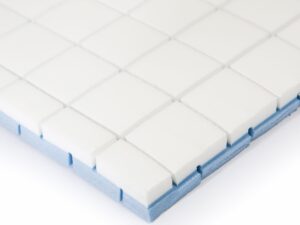

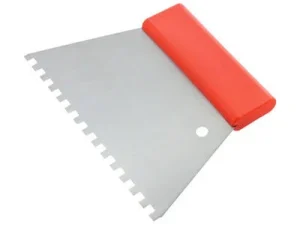

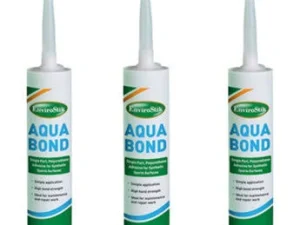




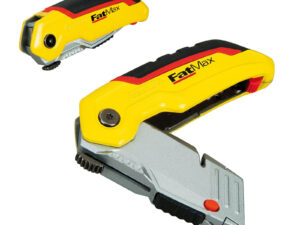


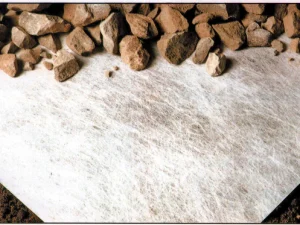

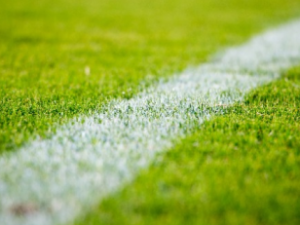

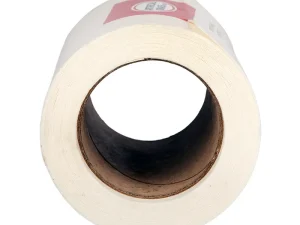
The Ideal Entry-Level Grass ✅
Our 20mm grass ranges are the go-to choice for people looking to transform their home or garden on a budget. They’re durable, decorative, and they don’t break the bank.
Click below for answers to commonly asked questions about 20mm artificial grass.
Yes, fake grass installation can be done by both professional tradesmen and DIY enthusiasts. While hiring a professional can ensure a high-quality finish with proper leveling and drainage, many DIY enthusiasts find success by following detailed instructions and using the right tools. The choice depends on your confidence and skill level.
Yes, underlay is recommended when installing artificial grass on concrete. It provides cushioning, enhances comfort, and improves drainage, preventing water accumulation. Underlay also helps keep the artificial grass in place, ensuring a more stable and long-lasting installation.
Yes, artificial grass can be installed on concrete. It’s an effective way to revitalize hard surfaces. Using an appropriate underlay for cushioning and drainage ensures the best results, creating a comfortable and realistic lawn experience.
Yes, artificial grass is excellent for dogs. It is durable, easy to clean, and resistant to wear from pet activities. It prevents muddy patches and stays green year-round, providing a safe and clean play area for pets. Many artificial grass options are designed to be pet-friendly with good drainage and non-toxic materials.
Artificial grass offers numerous benefits, including low maintenance, year-round green appearance, and durability. It eliminates the need for mowing, watering, and fertilizing, saving time and money. Artificial grass is also pet-friendly, weather-resistant, and environmentally friendly, reducing water usage and the need for chemical treatments. Additionally, it provides a clean, safe surface for children and pets to play on.
Yes, you can use weed killer on artificial grass to control any unwanted weeds. It’s important to choose a weed killer that is safe for synthetic turf and apply it as directed to maintain a weed-free lawn without damaging the artificial grass.
Yes, you can lay artificial grass on soil, but it requires proper preparation. This includes excavating the soil to a suitable depth, adding a sub-base of crushed rock or sand for stability and drainage, and ensuring a smooth, level surface for the artificial grass installation.
The lifespan of artificial grass typically ranges from 15 to 20 years, depending on the quality of the product and maintenance. High-quality artificial grass can maintain its appearance and functionality for many years, especially with proper care and regular cleaning.